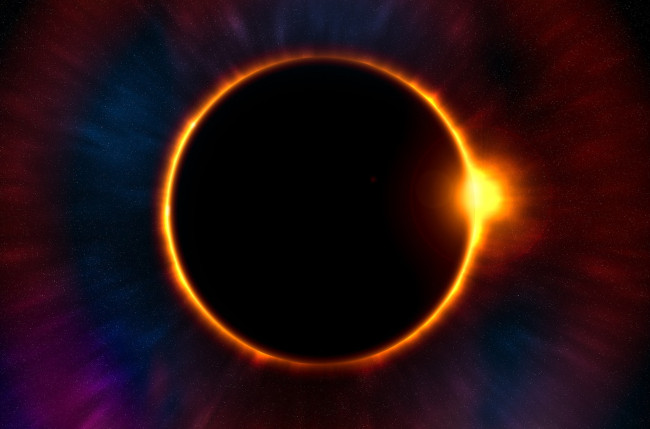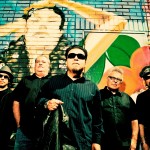Geisinger recommends 5 things not to do during the solar eclipse on Aug. 21

From a press release:
A total eclipse is happening Monday, Aug. 21, and excitement is mounting. All the hype is warranted – experienced eclipse chasers call totality (the moment of total eclipse) a “life-changing experience” and, for some people, this could be a once-in-a-lifetime experience. It is the first total solar eclipse visible in the continental United States since 1979.
That being said, it’s important to be safe during the eclipse so you don’t harm your eyes permanently.
“Looking directly at the sun can cause long-term retinal damage and even blindness, so safety is important to enjoy this amazing event. Make sure you take all the necessary precautions to protect your eyes from UVA and UVB radiation,” said Geisinger Wilkes-Barre ophthalmologist David A. Carl, M.D.
Geisinger Health System has a list of five things not to do during the eclipse.
1. Do not look at the sun without eclipse glasses.
As a kid, everyone was warned not to look at the sun. Eclipse glasses, however, are made for safely doing just that.
Eclipse glasses lenses are made with special black polymer, which is a flexible resin infused with carbon. This makes eclipse glasses 100,000 times darker than sunglasses and able to keep your eyes safe from the damaging solar radiation.
Look for these eclipse glasses manufacturers recommended by NASA: Rainbow Symphony, TSE 17, Baader Planetarium (astro silver/gold film only), Thousand Oaks Optical, and American Paper Optics.
Be on the lookout for counterfeit glasses – they will not offer the protection necessary for your eyes.
2. Don’t make your own eclipse glasses.
Some DIY ideas, like sunglasses, welding masks, foil, candy wrappers, reflections off CDs, and more, are circulating around the Internet. They might seem like an easy way to view the eclipse, but most of these ideas can actually do more harm than good.
“DIY glasses and other ideas you might’ve seen on social media offer no protection and can actually magnify the rays of the sun, making viewing the eclipse seriously harmful,” said Dr. Carl. “Very dark welding masks like a 14 or 15 shade can be used, but it is not recommended as a substitute for eclipse glasses since it isn’t their designed use.”
3. Don’t use unfiltered binoculars, telescopes, or cameras.
While you might want to get a closer look at the eclipse, you could hurt yourself. Using regular binoculars, telescopes, or cameras can increase potential damage to your eyes. Be sure to have proper lenses and filters designed for solar use if you plan to use any magnifying instrument.
Also, be aware that looking through a telescope with eclipse glasses can even ruin the glasses because of the light magnification.
4. Don’t bother taking pictures.
The total eclipse only lasts about two and a half minutes, so take the time to really look around and enjoy the moment. During a total eclipse, you may be able to see stars, planets, and more. The temperature may drop. It will be a strange mixture of day, night, and twilight.
While some people may try to take pictures, it’s better left to the professionals. Don’t waste time taking pictures that may not turn out. Instead, take the time to really enjoy totality.
5. Don’t take your glasses off during the eclipse.
If you’re viewing the eclipse from the Northeastern U.S., you won’t see a total eclipse.
“Even though it may darken for a few minutes, you should not remove your eclipse glasses because you could still damage your eyes,” said Dr. Carl.
However, if you are traveling to a spot where you’ll see the eclipse in totality, you can remove your glasses when the sun is totally eclipsed. When the sun is totally eclipsed, look around and let it all sink in.



